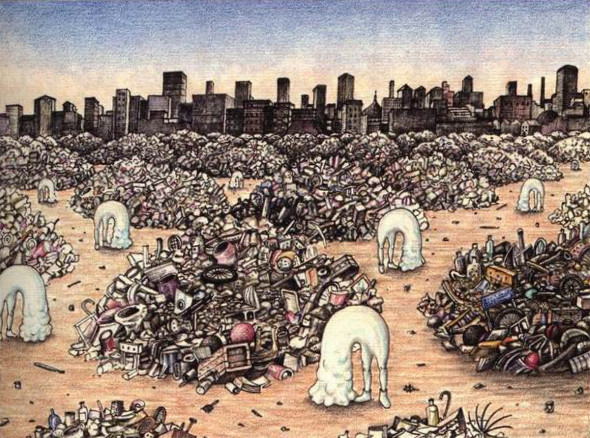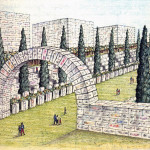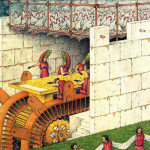Real Estates: Life Without Debt
mybooknotes | davide tommaso ferrando
I am used to writing on the books I read, summing up and sometimes commenting the parts that are more relevant to me on their first pages, which are usually left blank, so to be able to easily find them. What follows is what I noted down at the beginning of Real Estates: Life Without Debt, edited by Fulcrum (Bedford Press, 2014).

Notes
p.16 [neoliberalism]
p.22 ||neoliberalism is a design principle that insists markets are the basic organisers of design. It promotes a kind of design monoculture, which is misrepresented at once as free choice and irresistible need||
p.26 Unless you transform spatial organisation, no revolution can ever be possible
p.42 From its inception in the middle ages, real estate has given private property a social dimension
p.42 |Use, understood as the act of sharing, is the supreme form of living together in common|
p.53 Ornamental cherries on a finished cake
p.53 [cognitariat]
p.54 |With the division of labor, the meaning of building-as-dwelling is lost| *Heidegger*
p.60 ||Building whose character, scale and programme was determined by the way in which they were financed||(!)
p.71 Previ: incrementally modifiable housing in Peru – 1968
p.76 Money can be also stored as architecture
p.89 {The investor has no interest or say in the asthetic qualities of the home}
p.90 Subversion of a system first requires an understanding of how it works
p.110 |Debt as the political instrument through which social control is maintained and state power is exercised|
p.111 Urbanisation as the territorialisation of private property through the deterritorialisation of debt and its deterritorialisation as a political relation between everyone and the material world
p.122 |||Eyal Weizman, Yellow Rhytms: A Roundabout for London||| (!) (b)
p.126 Architects have abandoned form
p.126 |The sentient capacity of architecture has to do with its form, materiality and organisation|
p.129 Architecture simply is property
p.129 Space is the most stable kind of property
Legend
[ ] definition
| | important
|| || very important
||| ||| veeery important
{ } not so sure about this
* * comment
(!) interesting
(b) book reference
Illustration
Luigi Serafini, Codex Seraphinianus, 1976-78
Related Posts
Questo sito usa Akismet per ridurre lo spam. Scopri come i tuoi dati vengono elaborati.








Lascia un commento